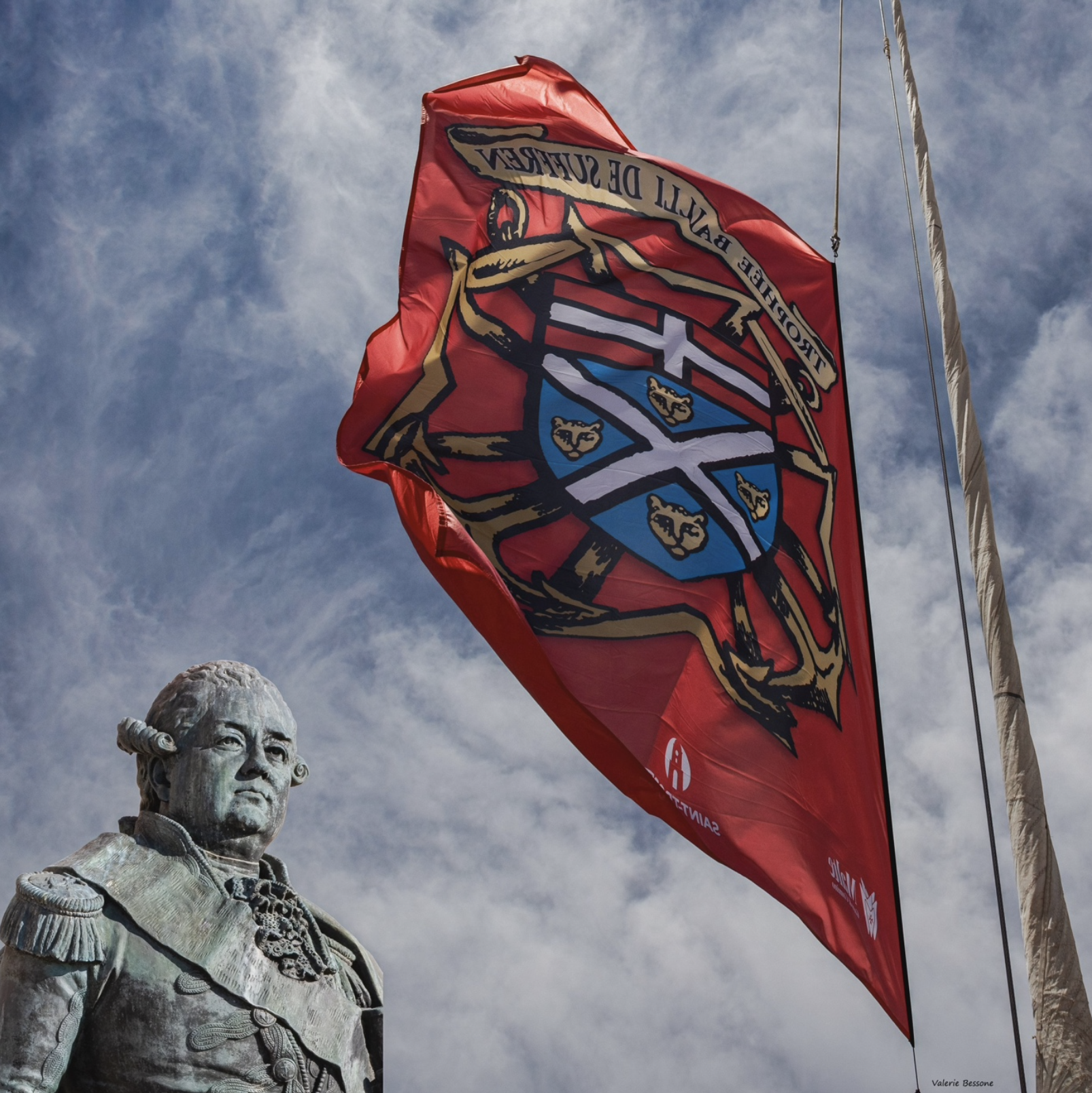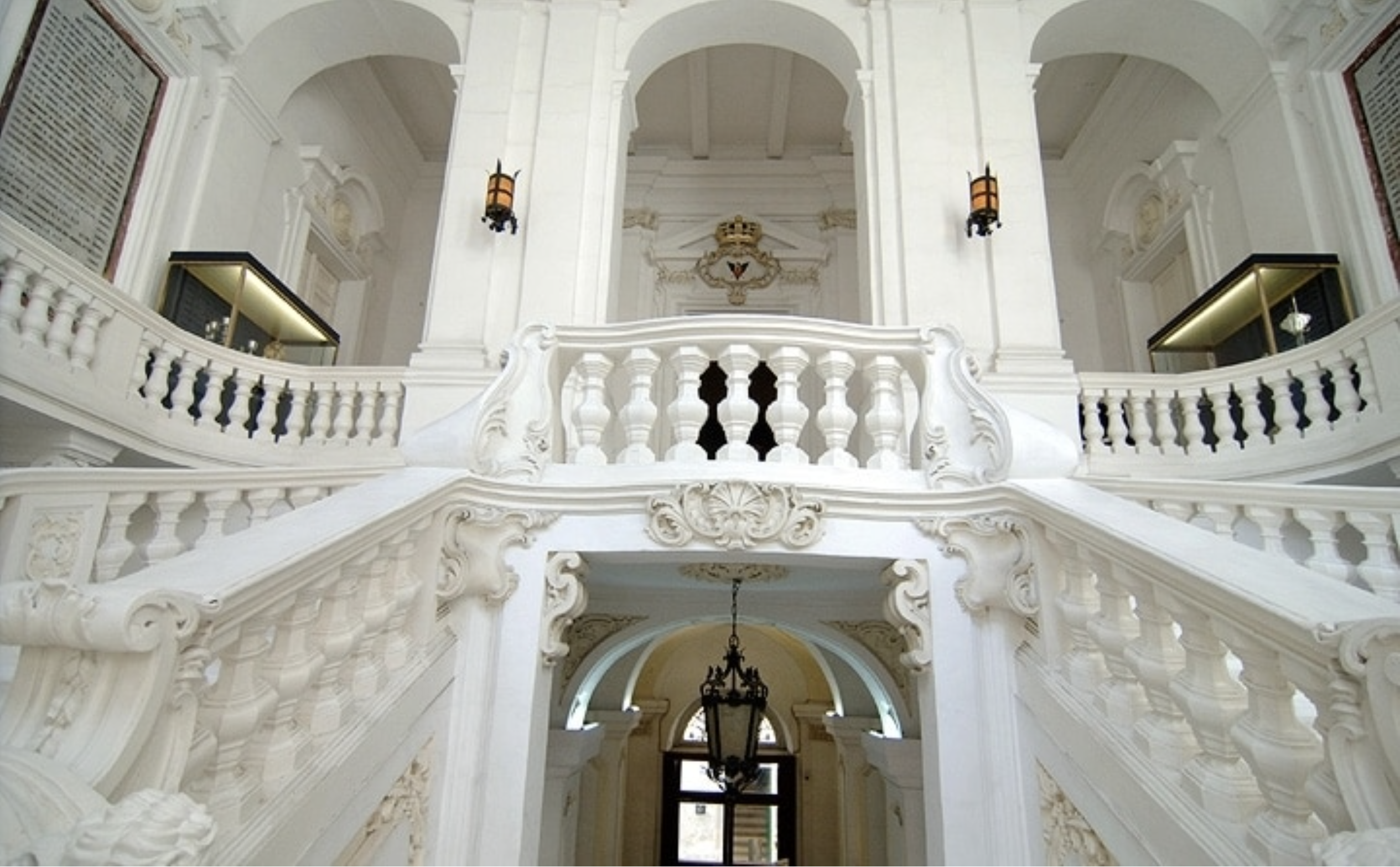The Historical Ties of Maltese Sailors with France and Britain
Maltese sailors have a long-standing history of involvement with both the French and British Royal Navies, particularly in the Mediterranean. During the 18th and 19th centuries, many Maltese served in naval operations for both nations, drawn by lucrative positions and strategic opportunities.
After serving in privateer activities under the Knights of St. John, Malta itself became a key strategic hub for the British Royal Navy’s Mediterranean Fleet from the early 19th century until the mid-20th century. Maltese sailors played a significant role, particularly in harbor services and naval operations.
Pierre André de Suffren: The French Admiral with Maltese Ties
Pierre André de Suffren, known as “Admiral Satan,” was a renowned French naval officer and a significant figure in Maltese history. Serving under the Knights of St. John, he played a vital role in naval battles throughout the 18th century.
Suffren began his career in the Maltese Navy and later rose to become Vice Admiral of the French fleet. His military expertise, particularly during the Seven Years’ War and the American War of Independence, established him as a key figure in naval warfare against the British. He was also promoted to Bailiff of the Sovereign Military Order of Malta, reinforcing his deep connection to Malta’s naval history.

The Legacy of Suffren
Suffren’s strategic prowess in maritime battles disrupted British operations, and his contributions are still honored today. One such tribute is the annual Trophée Bailli de Suffren yacht race (June–July), celebrating his impact on naval history.
Palazzo Don Raimondo in Valletta: A Symbol of Shifting Naval Influence
Suffren leased a palace in Valletta, Malta, which he held until his death in 1788. Later, this residence became the official home for the Commander-in-Chief of the Royal Navy’s Mediterranean fleet (1821–1961), known as Admiralty House.

Historical Evolution of Palazzo Don Raimondo
Originally built by Fra Jean de Soubiran dit Arafat (1569–70), the structure was rebuilt in the Baroque style between 1761–63. It was known as Casa Miari and later as Palazzo Don Raimondo. The palazzo housed numerous Knights of the Order of St. John, including Suffren (1748–1761, 1769–1772). From 1974 to 2016, it served as the National Museum of Fine Arts (MUZA), before relocating to Auberge d’Italie.
Located at the crossroads of South Street and Old Mint Street, this historical building reflects Malta’s alternating alliances, having housed both a feared French admiral and later the British Mediterranean fleet’s commander.
Maltese Sailors in Conflict: France vs. Britain
Maltese Sailors Fighting for France
Financial pressures on the Order of St. John in the late 18th century led to increased recruitment of Maltese sailors by foreign navies, including the French. The Grandmaster eventually permitted Maltese mariners to enlist in foreign services, leading to significant numbers joining the French forces during the American War of Independence. French Vice-Admiral and Order of Malta member Pierre André de Suffren played a crucial role by recruiting Maltese sailors to reinforce his fleet against the British. Around 1,800 Maltese sailors and Knights joined the French Navy, supporting the American struggle for independence. Their skills in navigation and seamanship made them highly valuable assets for Suffren’s fleet.
Maltese Sailors Serving the British Royal Navy
Maltese sailors were also a significant presence in the British Royal Navy, particularly in the Mediterranean Fleet. Many served in harbor duties and were stationed on base ships such as HMS Hibernia and HMS Egmont. During both World Wars, Maltese sailors played a crucial role in convoy operations, ensuring the safe transport of supplies and troops across the Mediterranean. Malta’s strategic position was vital in protecting Allied convoys and disrupting Axis supply lines.
Between 1891 and 1938, around 100–200 Maltese regularly served in the Royal Navy. During the First and Second World Wars, approximately 2,000 Maltese enlisted, contributing both at sea and on land to maintain British naval supremacy in the region.

Malta’s Enduring Naval Legacy Malta’s naval history is deeply intertwined with both French and British maritime power. The island’s sailors, known for their expertise, played a key role in shaping Mediterranean naval conflicts. The legacy of figures like Pierre André de Suffren and the history of Palazzo Don Raimondo serve as lasting reminders of Malta’s unique position at the crossroads of European naval history.



